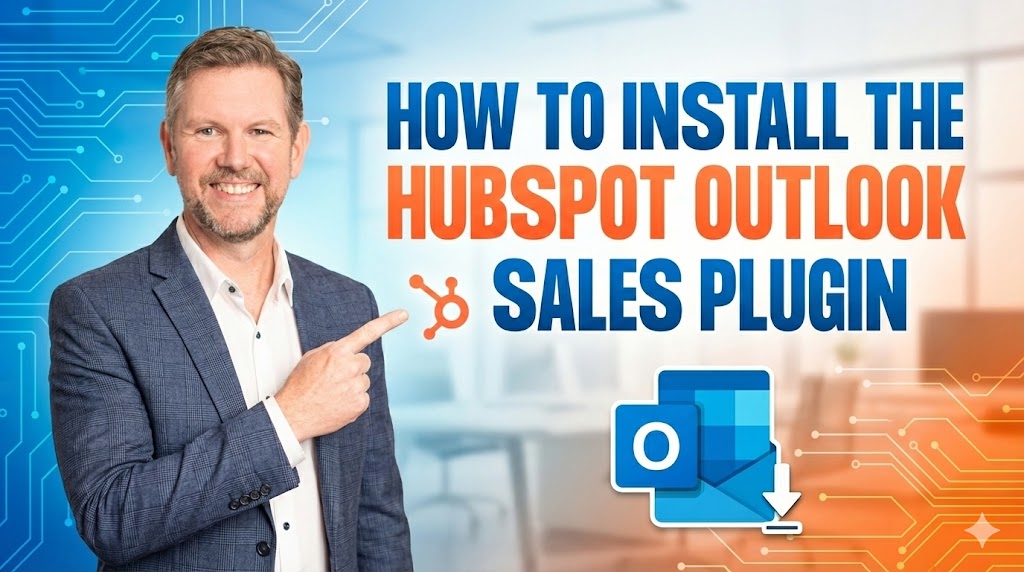
Content Marketing,Content Marketing,Content Marketing,Content Marketing | 7 min read

From A High-Level Marketing Standpoint
Marketing is crucial in any business, regardless of industry or niche. It is a vital component of every business plan and can define a one's success or failure.
One vital function of marketing is to support your sales team. If you're hearing complaints such as our website is awful, or we think people choose our competitors because they give a better digital experience - then it's likely to be a symptom that your marketing is not supporting your sales team correctly.
In this article, we will share five marketing strategies that will help to boost your sales team’s productivity and results and have you earning praise at your next board meeting.

Trick #1: Start implementing Account-Based Marketing (ABM)
ABM is a combined marketing approach that targets larger key accounts from multiple angles. Unlike other marketing strategies, ABM focuses on creating a personalised experience that caters to the taste, needs, and preferences of multiple individuals within a target organisation.
Aside from directly targeting a decision-maker, e.g. the CEO or Head of a Project or Division, you would also market to an "influencer". An "influencer" would typically be specialists, mid-level managers, and individual contributors who would be on your side, and vouch for your services.
A "blocker", however, may see your business or services as a threat. When marketing to a blocker, you might take a softer approach to slowly overcome their objections, and slowly have them open up to the idea of your service or business.
It's important to understand that different marketing approaches are more effective in specific target markets than in some. Simply put, your marketing approach should be different when you're talking to the company's CEO and Top Executives compared to your approach when dealing with the Sales Team or HR department. During this time, the benefits and features of the products you're selling should align with what your target account needs.
Cliché as it may sound, view the bigger picture when you target an organisation versus only targeting one person.
ABM may take a little longer than other campaigns, however it will provide some distinct benefits to both your sales AND marketing teams:
- A deeper understanding of the organisation that you are targeting and their problems and reservations;
- Regular focused meetings for your sales and marketing teams to provide feedback to each other;
- High value, long term clients once ABM starts to result in net-new business.
If you would like to gain a deeper understanding of ABM, feel free to check out our article What is Account Based Marketing, and how do you do it correctly.

Trick #2: Unify your sales and marketing approach (strong foundations)
We often come across organisations who's sales and marketing teams are on totally different tangents to each other. The unfortunate outcome is that prospects who are in a pipeline, will experience disjointed communications, promises and pitches. This results in confusion and a lack of confidence for a sales prospect.
A unified marketing and sales approach is crucial in ensuring the success of any campaign. Aligning the goals of these two departments allows them to create a targeted system while also making it easy to adjust and change strategies when needed.
The marketing team focuses on getting people interested in what your company is, what its goals are, who your target audience is, and also taking part in generating potential sales opportunities for you. On the other hand, the sales department ensures that your products attract the buyers enough to complete their buyer journey with a decision to purchase your product.
These two teams must work hand-in-hand to boost sales by drawing interest and completing transactions. Thus, the marketing and sales departments must have regular meetings to ensure that they are on the same page and that their strategies are calibrated.
The first step in SMarketing (sales + marketing) is for the teams to align their goals and identify their individual and collaborative objectives. It will also allow them to understand each other's position and set the pace accordingly.
Let's say the marketing team has data and information about the target market and audience gathered through tedious research and analysis. But, at the same time, the sales team also has made some marketing efforts through personal interactions with these individuals or groups.
Collaborative work between the marketing and sales teams can also help pinpoint possible gaps in their buyer's journey, specifically in terms of content. Lastly, a unified approach can create a more cohesive solution to clients' everyday problems.
This information allows the SMarketing teams to understand the target market better and see the bigger picture needed to meet their objectives. This includes making a more accurate buyer's persona, identifying gaps in the buyer's journey, and creating solutions to common problems. These are crucial in providing a smooth marketing-to-sales process to boost revenue.

Trick #3: Retarget quality leads (super quick wins)
Timing is an element that marketers can use to implement a more effective and efficient marketing campaign. There are instances where a consumer would show interest in your product or service. They would browse through your website but leave without buying anything.
When this happens, most businesses tend to push out every possible promotional material, hoping to change the customer's mind. And while an aggressive marketing approach works, learning how to retarget potential customers can help your business pursue quality leads and turn them into sales.
CRM programs such as HubSpot can identify individuals who interact with your website. They leave a footprint that the program collects to identify its users. With this information, the CRM also knows when a user is a returning visitor.
Think of it this way: the first time a customer visits your website is when they are simply looking around, gathering information about your product, service, or industry. So, they weren't in a position to purchase anything just yet. Thus, the wrong time to bombard them with ads and other marketing materials.
However, a second visit shows that they specifically took notice of something they found interesting on your website. This can also indicate that the customer is further down in their buyer's journey.
This is where the marketing team steps in to provide guidance and other helpful information using targeted ads and personalised promotional emails. Simply put, retargeting leads who are further in their buyer's journey is more effective and efficient in boosting sales.
Trick #4: Promote your case studies (quick wins)
For most people, online research is always at bay regarding significant purchases. Aside from that, many rely on referrals and testimonials who have more knowledge and experience about the topic. Doing so helps guide them when making an intelligent purchasing decision.
Using case studies is one marketing technique that provides exactly that. A case study is an analysis report that shows quantifiable results. Thus, it includes in-depth explanations and descriptions of the features and benefits of your product.
But aside from that, case studies also serve as social proof of whether your product or service is suitable for certain circumstances or contexts. It is a handy tool for leads in the consideration stage of their buyer's journey.
Using case studies is also a good way of spreading your product or service's effectiveness to different target markets. You can offer case studies to your customers in various formats, including:
- Video content.
- Long-form PDF files.
- Concise infographics.
- Summarised blog posts.
- Targeted email newsletters

Trick #5: Experiment with multiple social media campaigns
Social media marketing is one of the most effective marketing strategies to establish your brand and boost the awareness of your target market or audience.
However, social media platforms are fast-changing and continuously evolving.
Marketing strategies that worked on Facebook, YouTube, or TikTok a year ago may no longer suitable for today’s audience.
When this happens, marketers need to analyse the current social media landscape. Then, adjust and adapt accordingly to create a marketing plan that would work for their target audience.
One of the first things marketers can look into is the difference in demographics between social media platforms. It’s safe to say that there are significant differences in the demographics of avid users of Facebook, TikTok, and LinkedIn. To give you a better insight, here are some details about different social media platforms:
- Facebook - 1.9 billion average daily users, primarily Millennials and Gen X.
- TikTok - 1 billion average daily users, mainly Gen Z and Millennials.
- Instagram - 1 billion average daily users, mainly Millennials.
- LinkedIn - 774 million average daily users, mainly Baby Boomers and Millennials.
Taking this into consideration, marketers should understand that the success of a social media marketing campaign would also depend on the target demographic.
If you’re selling task management software for companies, it’s safe to assume that LinkedIn is the most suitable platform. This is because working professionals and businesses characterise it. However, marketing teams should not close their doors to social media platforms such as TikTok and Facebook.
Need more insight on your marketing?
Reach out to us, and we’ll be happy to talk about how we can take your business to the next point!
Published on June 28, 2022



.jpg)

